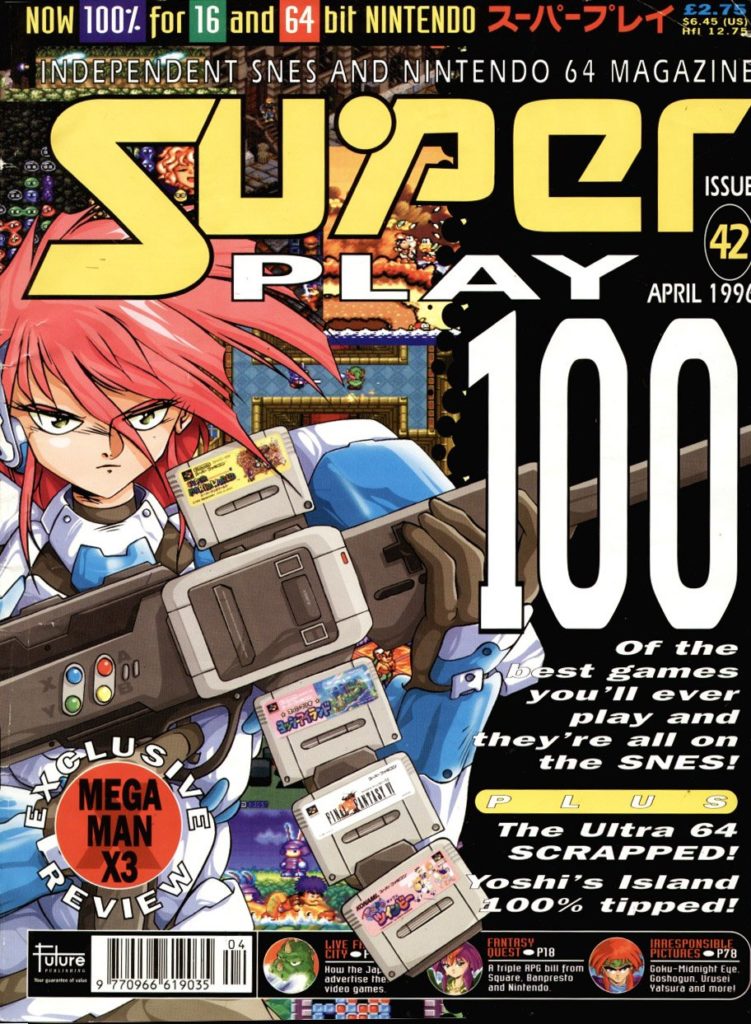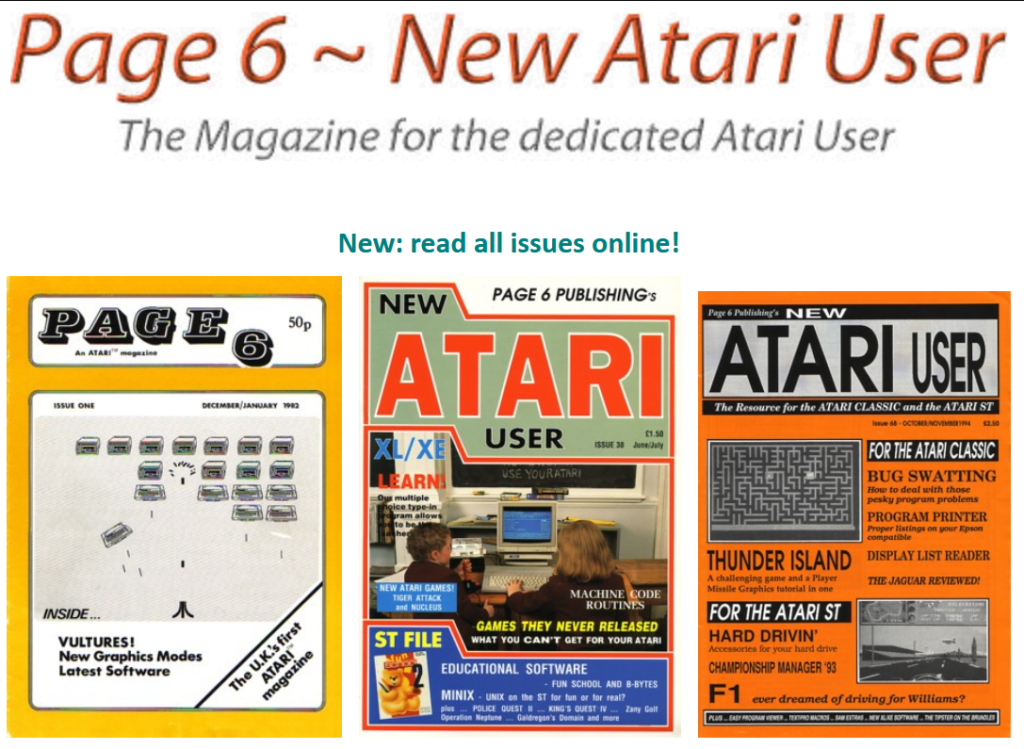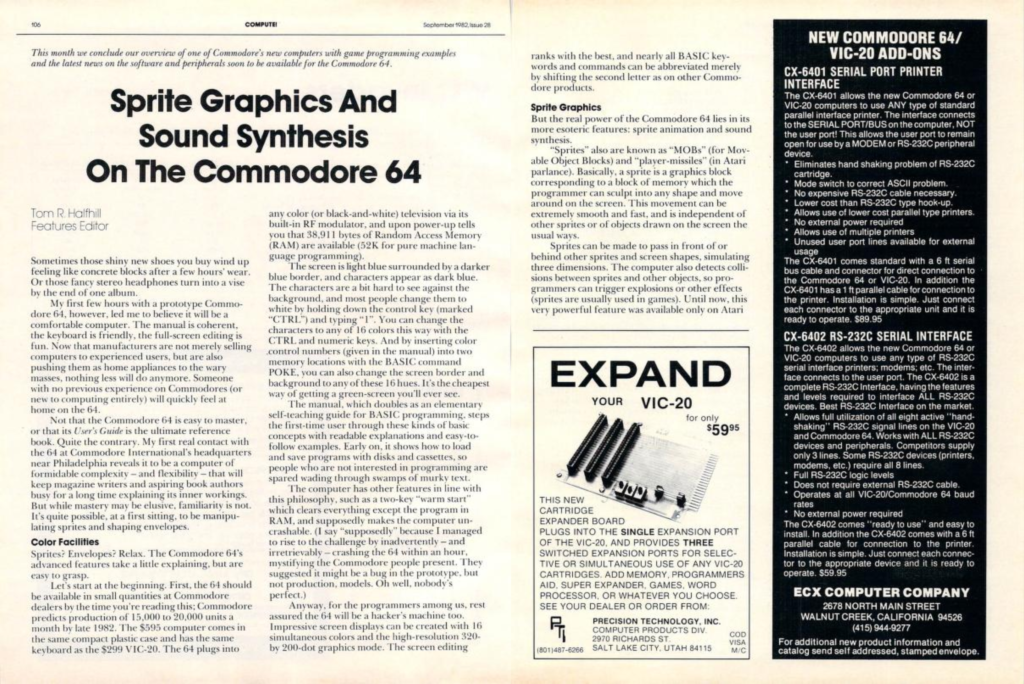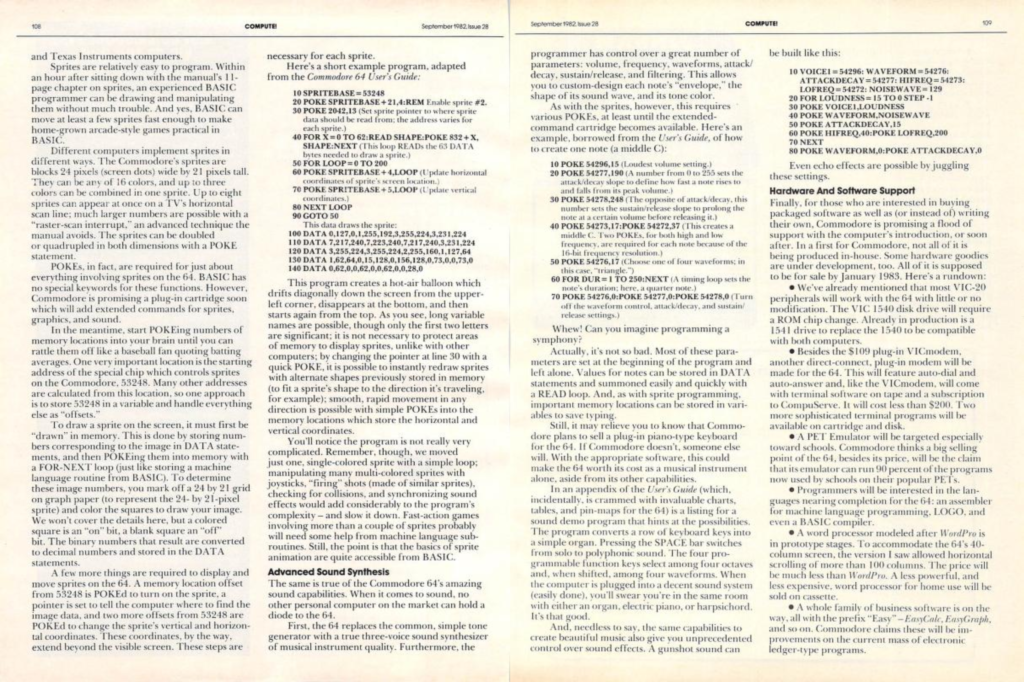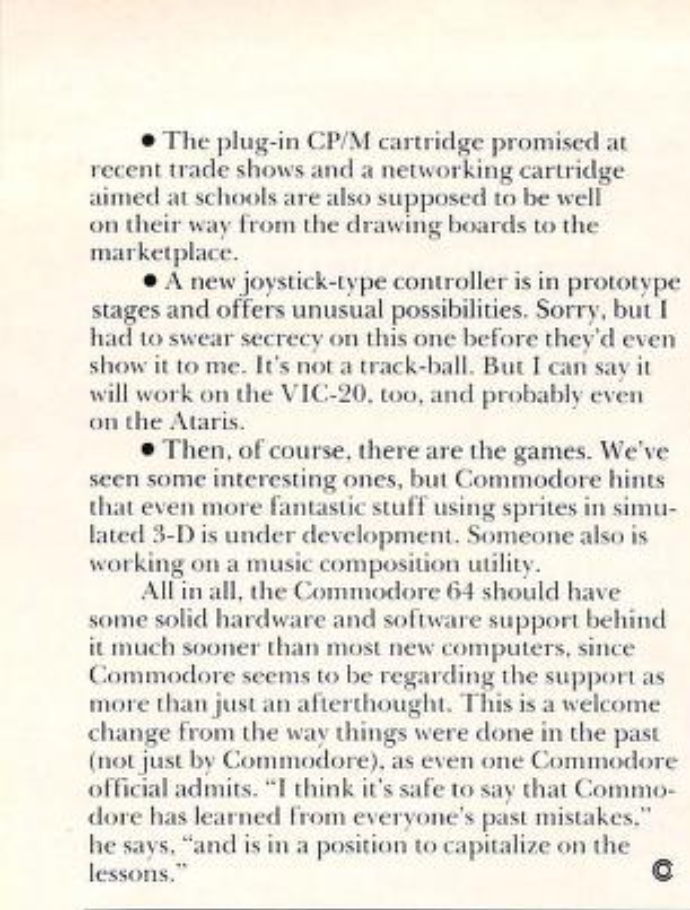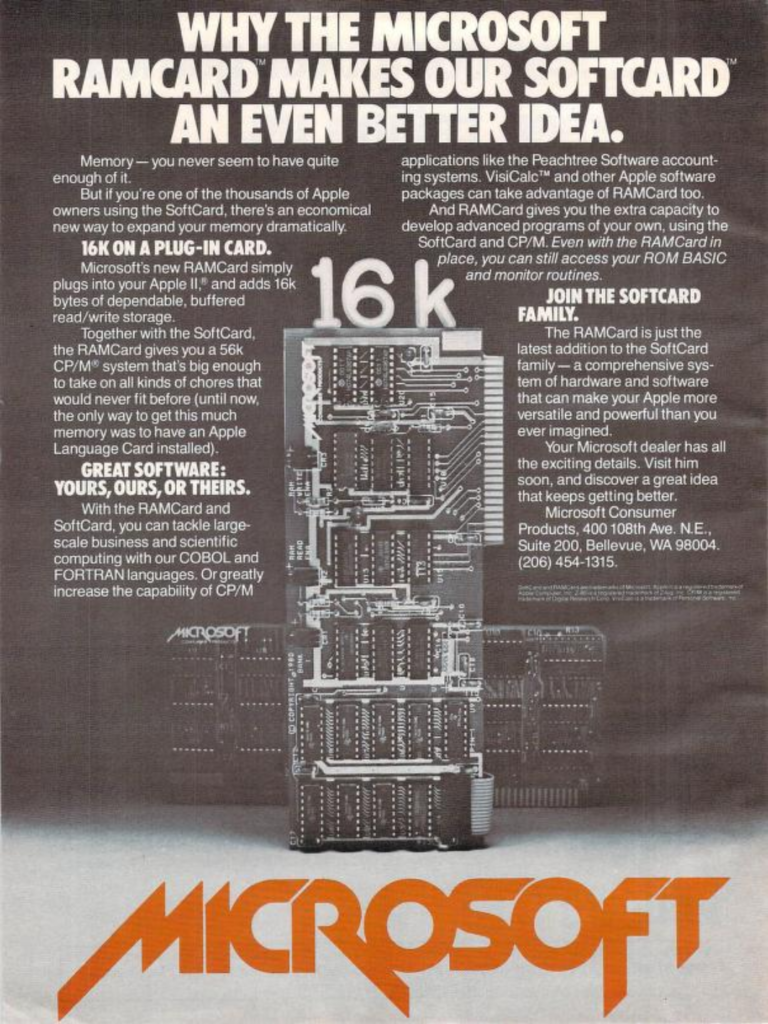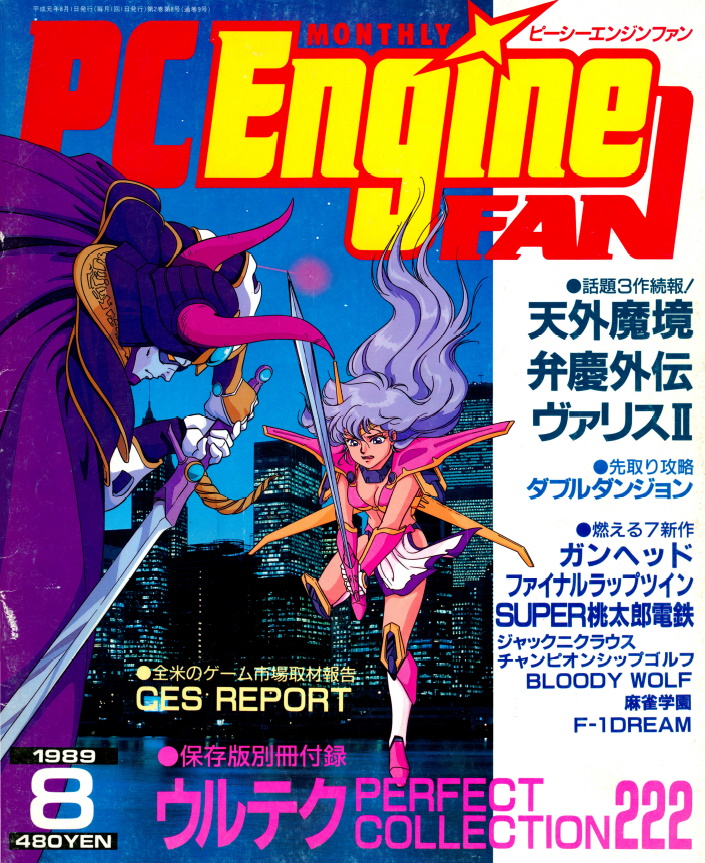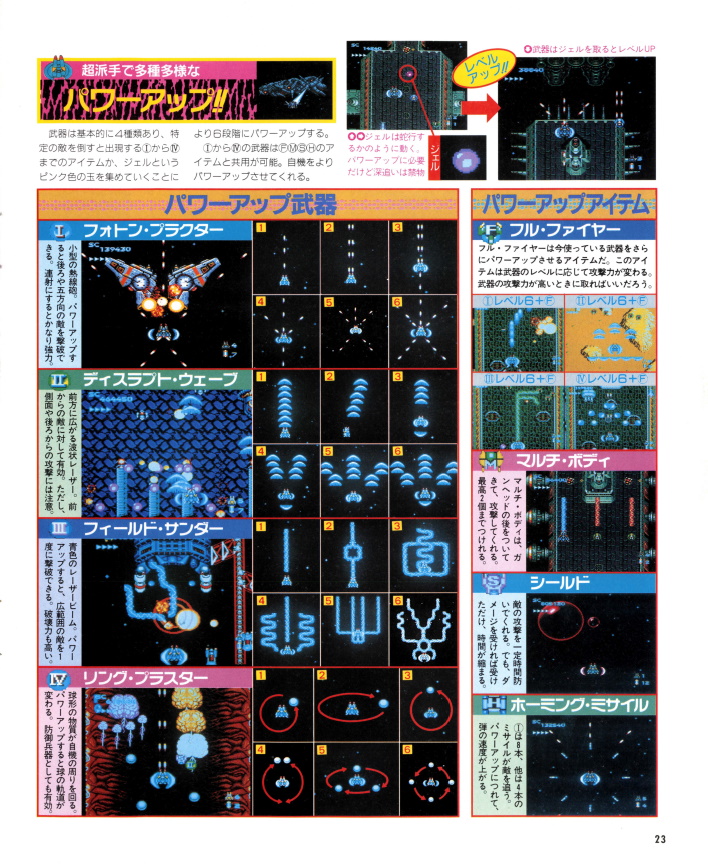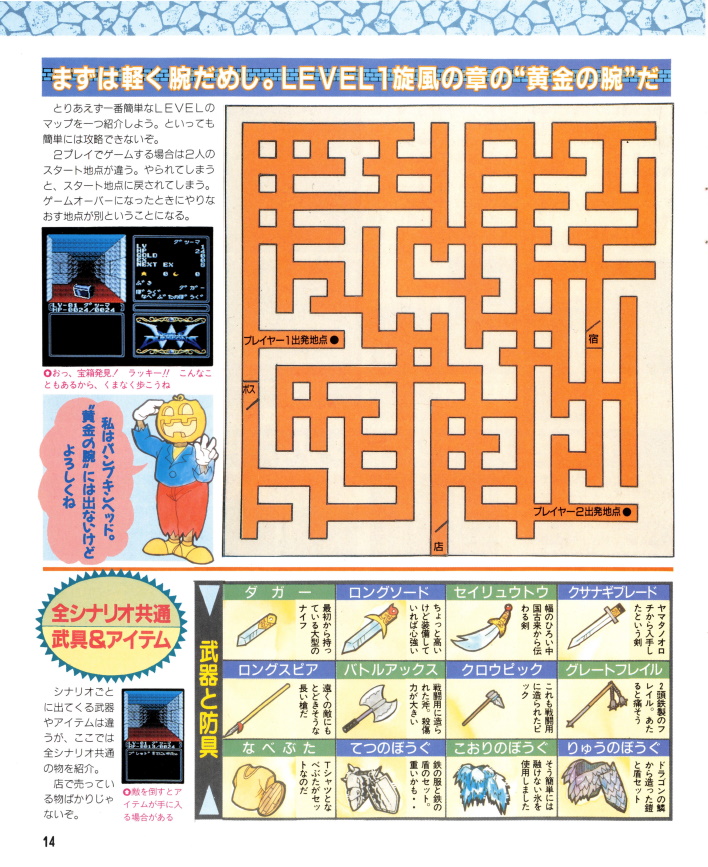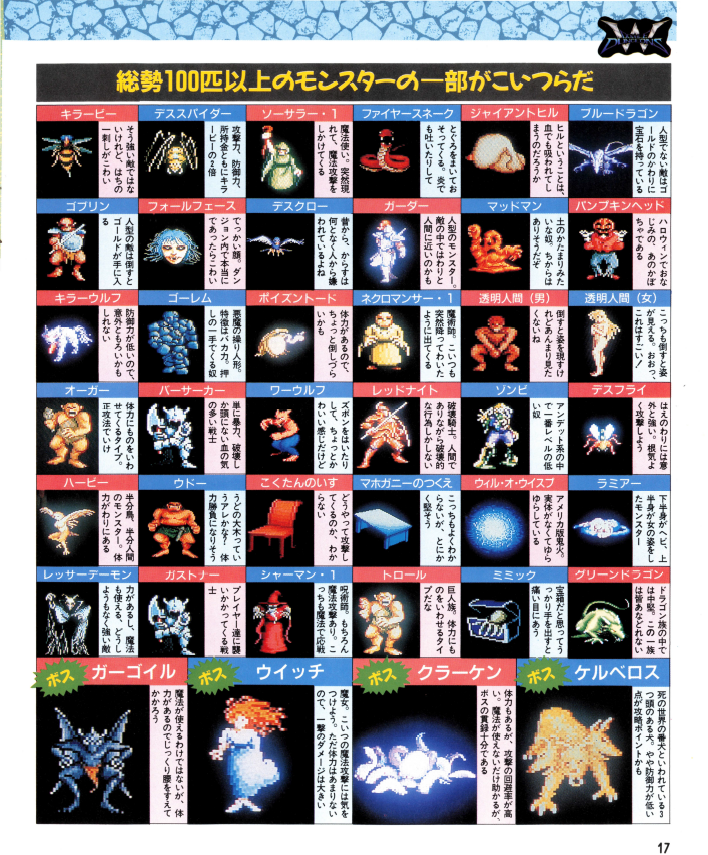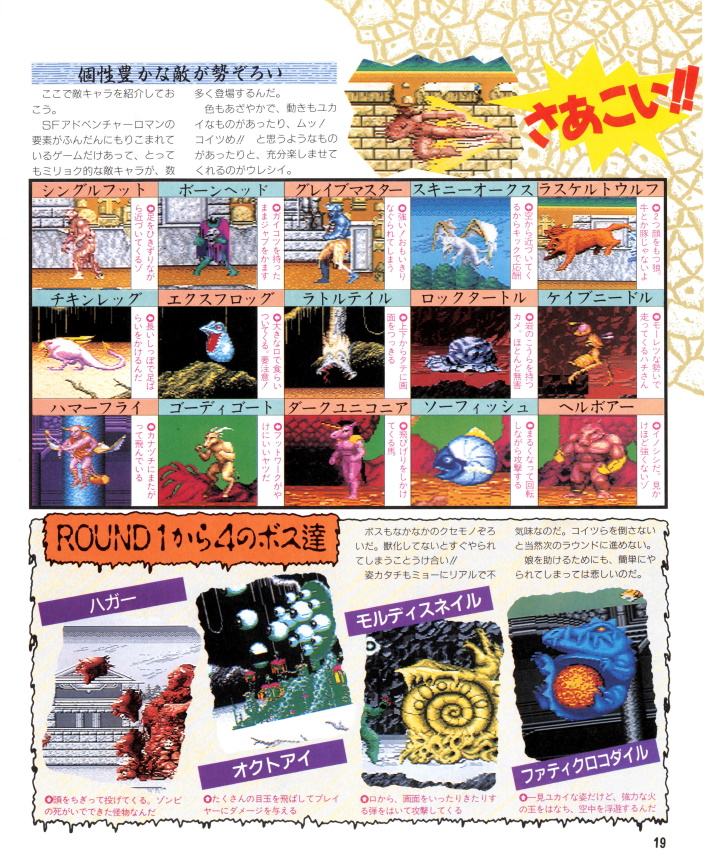First:
It’s a grievous blow to the game editing community, but Nightcrawler, the maintainer of the 19-year-old hack repository and community site romhacking.net, is shutting its doors. The reasons why are the top news item on the site, probably the last new news item that will ever be posted there.
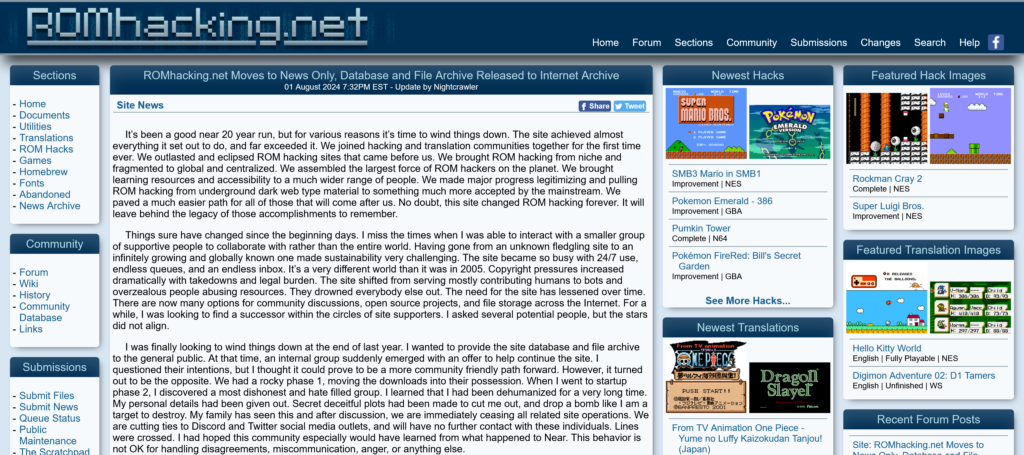
They mention several reasons, but say a collection of users who had offered to take up the site for disingenuous reasons. The details were not mentioned, but they mentioned by way of comparison what happened to emulator author Near, creator of higan, and that can be easily taken as a bad sign.
However, Gideon Zhi on Bluesky offers a different take, that suggests comparison to Near is greatly inappropriate, and that Nightcrawler was severely burnt out and refused offers to help. I don’t know which is more accurate, but the details are offered suggest there may be something to his version of events. Gideon Zhi isn’t one, I think, to cover something like that up. Ah well, drama.
Maintaining a hugely popular website for 19 years is a huge drain on your time, energy and finances. It’s possible that ultimately Nightcrawler needed, or even just wanted, to retire, and that’s okay.
I’ve made frequent use of romhacking.net over the years, both in researching two romhack ebooks and the Romhack Thursday feature on this site. While what the maintainer of romhacking.net says in their news post, that there isn’t as much of a need of a centralized site for collecting and presenting romhacks as there was back in 2005, I still found their site extremely useful, and I think it served a vital role. I will greatly miss it, but I understand their wishing to move on. They took the step of uploading the whole site contents to the Internet Archive, which is a forward-thinking move that I applaud.
Will they ever return to updating the site? Anything is possible, but I expect not. Will another site arise to take its place? Who knows, there’s definitely demand for it. I wish Nightcrawler well in any event, and thank them for their service.
–
Second:
Kotaku reports that Game Informer, the oldest game magazine still in print in the US (dating back to 1991) is shutting down. It was originally a production of the classic game retailer FuncoLand, who would advertise, in turn, in classic 90s gaming magazines, and the publication changed ownership to GameStop when they bought FuncoLand out in 2000.
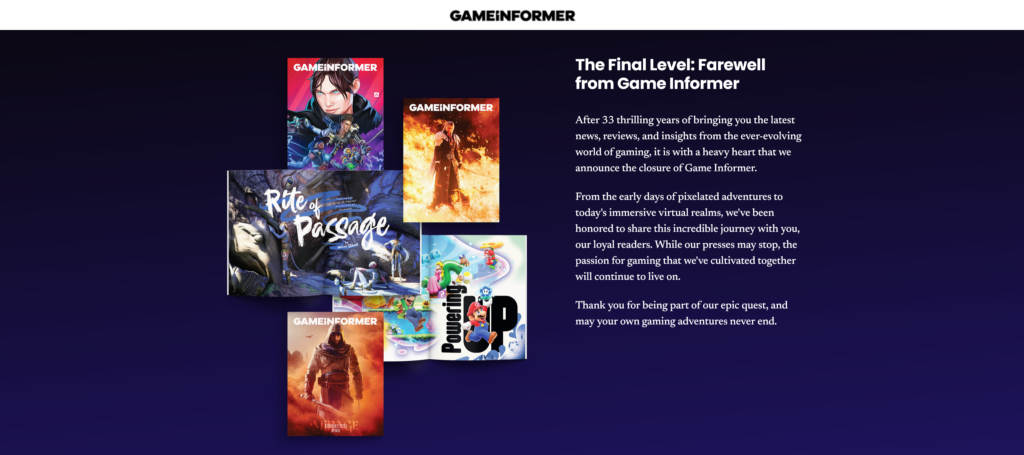
Since then, GameStop has kept the magazine going as a house publication, at times distributing issues for free to customers. It seems the announcement was sudden, with management sending out a tweet about the publication’s closure while staff was being notified of the ending of their positions.
There are older game magazines in Japan, of course, and US game magazines lately have had things pretty tough with competition from the internet. It’s surprising that they’ve managed to keep going for this long.


